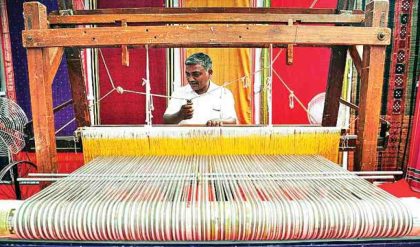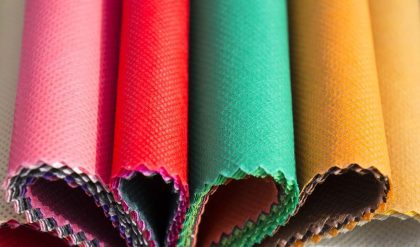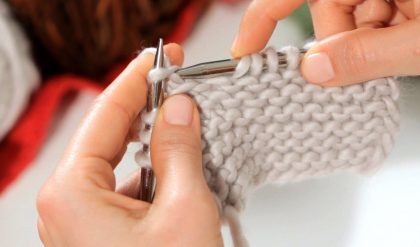Flannelette and flannel:
A soft napped cotton fabric its warmth in wear is due to the fact that the nap traps a layer of air between the body and the cold outside. In composition it is the same as ordinary cotton, but treatment in weaving makes it very inflammable. For this reason attempts have been made to make it fireproof by saturating the fibre with metallic salt, but in general fire proofing does not withstand washing
Organdie:
A thin light fabric in plain weave with a very stiff finish. It is made from good quality combed yarn. The yarn is made from long staple cotton and is spun is with many twists. This along with the finishing process produces its characteristic transparent crispness. The aim is to give a permanent finish. The fabric is used for summer and evening wear.
Muslin:
This is a cool, very light, and plain weave cloth also used for summer wear. The name derives from the city of Mosul where the fabric was first made muslins wear not always plain, silk and even gold stripes woven in when made in mosul but as cotton was grown more plentifully and the women could spin yarns of great fineness, cotton yarns gradually super seeded silk
Finishes for cotton
The resin and the non resin finishes give the cotton some easy and minimum care features of as synthetics. Advances in anti bacterial mildew resistant and flame resistant treatments have improved the effectiveness of the performances of cotton in various end uses.
Regular finishes like singeing for smoothness mercerization for strength, lurtre and affinity for dyes, sizing and calendaring for lustre, maximum stiffness body and smoothness. Special finish like sanforizing for maximum pre shinking, crease resistant, anti bacterial finishes, mildew and rot treatment napping for softness, warmth, absorbency and moth repellent treatment are common.
Fibre blends
Among the various types of blends available in market today polyster, cotton terycotton, silk, linen cotton, viscose rayon and cotton and nylon.
Reasons of blending are:
-To facilitate processing.
– To improve properties like dimensional stability.
– To produce better performance.
– To improve textute, hand or feel appearanceof fabrics.
– To produce multi color fabrics.
– To reduce cost




Comments are closed.